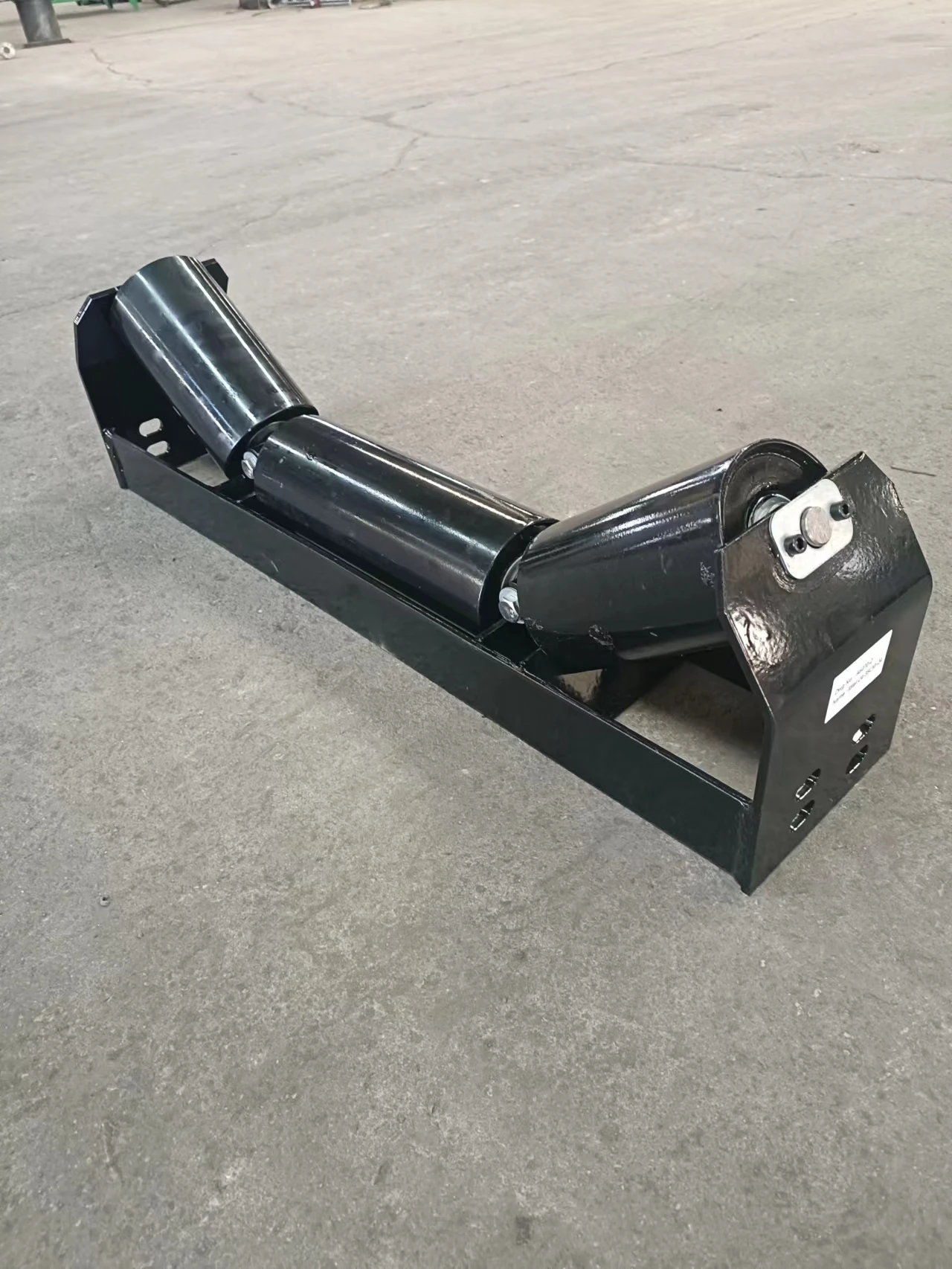 Afrikaans
Afrikaans  Albanian
Albanian  Amharic
Amharic  Arabic
Arabic  Armenian
Armenian  Azerbaijani
Azerbaijani  Basque
Basque  Belarusian
Belarusian  Bengali
Bengali  Bosnian
Bosnian  Bulgarian
Bulgarian  Catalan
Catalan  Cebuano
Cebuano  Corsican
Corsican  Croatian
Croatian  Czech
Czech  Danish
Danish  Dutch
Dutch  English
English  Esperanto
Esperanto  Estonian
Estonian  Finnish
Finnish  French
French  Frisian
Frisian  Galician
Galician  Georgian
Georgian  German
German  Greek
Greek  Gujarati
Gujarati  Haitian Creole
Haitian Creole  hausa
hausa  hawaiian
hawaiian  Hebrew
Hebrew  Hindi
Hindi  Miao
Miao  Hungarian
Hungarian  Icelandic
Icelandic  igbo
igbo  Indonesian
Indonesian  irish
irish  Italian
Italian  Japanese
Japanese  Javanese
Javanese  Kannada
Kannada  kazakh
kazakh  Khmer
Khmer  Rwandese
Rwandese  Korean
Korean  Kurdish
Kurdish  Kyrgyz
Kyrgyz  Lao
Lao  Latin
Latin  Latvian
Latvian  Lithuanian
Lithuanian  Luxembourgish
Luxembourgish  Macedonian
Macedonian  Malgashi
Malgashi  Malay
Malay  Malayalam
Malayalam  Maltese
Maltese  Maori
Maori  Marathi
Marathi  Mongolian
Mongolian  Myanmar
Myanmar  Nepali
Nepali  Norwegian
Norwegian  Norwegian
Norwegian  Occitan
Occitan  Pashto
Pashto  Persian
Persian  Polish
Polish  Portuguese
Portuguese  Punjabi
Punjabi  Romanian
Romanian  Russian
Russian  Samoan
Samoan  Scottish Gaelic
Scottish Gaelic  Serbian
Serbian  Sesotho
Sesotho  Shona
Shona  Sindhi
Sindhi  Sinhala
Sinhala  Slovak
Slovak  Slovenian
Slovenian  Somali
Somali  Spanish
Spanish  Sundanese
Sundanese  Swahili
Swahili  Swedish
Swedish  Tagalog
Tagalog  Tajik
Tajik  Tamil
Tamil  Tatar
Tatar  Telugu
Telugu  Thai
Thai  Turkish
Turkish  Turkmen
Turkmen  Ukrainian
Ukrainian  Urdu
Urdu  Uighur
Uighur  Uzbek
Uzbek  Vietnamese
Vietnamese  Welsh
Welsh  Bantu
Bantu  Yiddish
Yiddish  Yoruba
Yoruba  Zulu
Zulu troughing idlers
Understanding Troughing Idlers An Essential Component of Conveyor Systems
In the world of industrial automation and material handling, the efficiency of conveyor systems plays a pivotal role in the smooth operation of various processes. Among the numerous components that constitute these conveyor systems, troughing idlers hold a significant position. These essential parts not only support the conveyor belt but also influence its performance, durability, and overall productivity.
Troughing idlers are specialized rollers that are typically mounted on a frame to support a conveyor belt. They come in a curved configuration, resembling a trough, which helps in forming a conducive channel for the bulk materials being transported. This design is particularly advantageous as it keeps the materials in place, reducing spillage and minimizing the risk of operational disruptions.
One of the key benefits of using troughing idlers is their ability to improve load distribution along the conveyor belt. When materials are loaded onto a belt, they create various forces that can lead to uneven wear and potential damage. Troughing idlers help to evenly distribute these forces, reducing stress on the belt and extending its lifespan. Additionally, by maintaining proper belt alignment, troughing idlers contribute significantly to the overall efficiency of the system.
troughing idlers

Another notable advantage of troughing idlers is their capacity to support heavy loads. In industries such as mining, agriculture, and manufacturing, the conveyor belts often transport large quantities of heavy materials. Troughing idlers are designed to withstand these heavy loads, ensuring that the conveyor systems operate smoothly even under challenging conditions. This durability is crucial in reducing maintenance costs and increasing uptime, which is vital for productivity.
Moreover, troughing idlers play a role in reducing belt friction. The curvature of the idlers allows the belt to move more freely, which can lead to lower power consumption. This not only helps in operational cost savings but also in minimizing the environmental impact through reduced energy use.
The installation and maintenance of troughing idlers are also important considerations. Proper installation ensures that the idlers are spaced correctly and aligned with the conveyor's path. Regular maintenance checks are necessary to ensure that the idlers are functioning optimally and to identify any wear or damage early on. This proactive approach can save companies significant amounts in repair costs and downtime.
In conclusion, troughing idlers are an indispensable component of conveyor systems, with their design and functionality directly impacting operational efficiency and costs. Understanding their importance allows industries to optimize their material handling processes, enhance productivity, and maintain high standards of safety. As technology continues to evolve, improvements in the design and materials used for troughing idlers may lead to even greater efficiencies and contributions to the field of industrial automation. By investing in high-quality troughing idlers and ensuring their proper maintenance, companies can ensure the longevity and effectiveness of their conveyor systems, leading to sustainable growth in a competitive market.
-
Revolutionizing Conveyor Reliability with Advanced Rubber Lagging PulleysNewsJul.22,2025
-
Powering Precision and Durability with Expert Manufacturers of Conveyor ComponentsNewsJul.22,2025
-
Optimizing Conveyor Systems with Advanced Conveyor AccessoriesNewsJul.22,2025
-
Maximize Conveyor Efficiency with Quality Conveyor Idler PulleysNewsJul.22,2025
-
Future-Proof Your Conveyor System with High-Performance Polyurethane RollerNewsJul.22,2025
-
Driving Efficiency Forward with Quality Idlers and RollersNewsJul.22,2025





























